This is a secondary blog so I can't follow you. My interest is Pompeii, history, art and archaeology related to the ancient Rome.
Don't wanna be here? Send us removal request.
Text

Roman epitaph of a father to his son: 'To the spirits of the departed (Dis Manibus), to Mogulnius Iustus, the most devoted son, who lived 15 years, 2 months, and 22 days. Mogulnius Iustus, the father, made (this monument) for him and for himself.'
D M - Dis Manibus, to the souls of the dead
Mogulnio Iusto - Name of the deceased
filio pi(iss)imo - most faithful son
Then the age of the deceased:
VIX - vixit, lived
ANN XV -15 years
MENSII D XXII - 2 months and 22 days
Mogulnius Iustus pater - The father's name
et sibi fecit - commissioned the monument both for his deceased son and for himself.
Pic and info found on Learn Latin
68 notes
·
View notes
Text
"Love for canine pets in particular was one of the most attractive features of the ancient Roman character.” Toynbee, English Historian

Roman terracotta figure of a pet dog, 1st century AD. British Museum
An ancient Roman epitaph for a dog called Myia reads: 'How sweet she was, how kind, always a friend in sleep and in bed. You can no longer run wild through the house, jump on me, or cheer me up with your sweet bites; The deep grave already holds you unaware; Shame you died'
Grave Stele for a dog called Helena, 2nd century: 'To the incomparable and worthy light of Helena's soul'

625 notes
·
View notes
Text

Beautiful detail of the safe owned by a man named Lucius Crassius Tertius, from Pompeii.
Photography courtesy Pompeii - Parco Archeologico
229 notes
·
View notes
Text
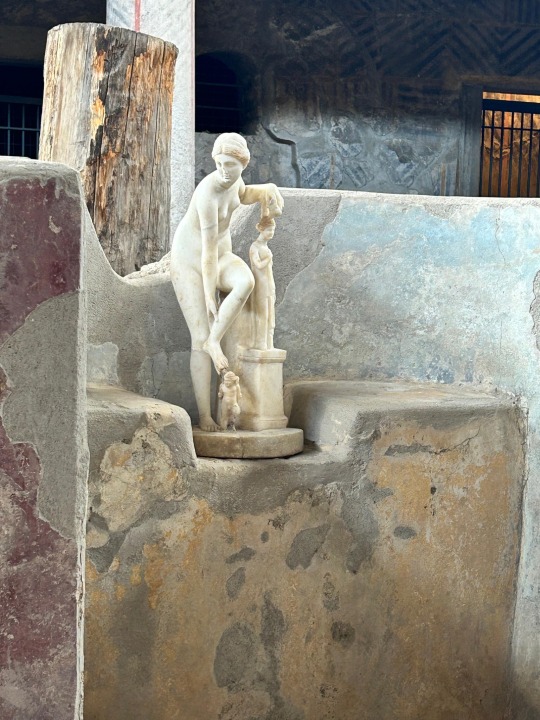
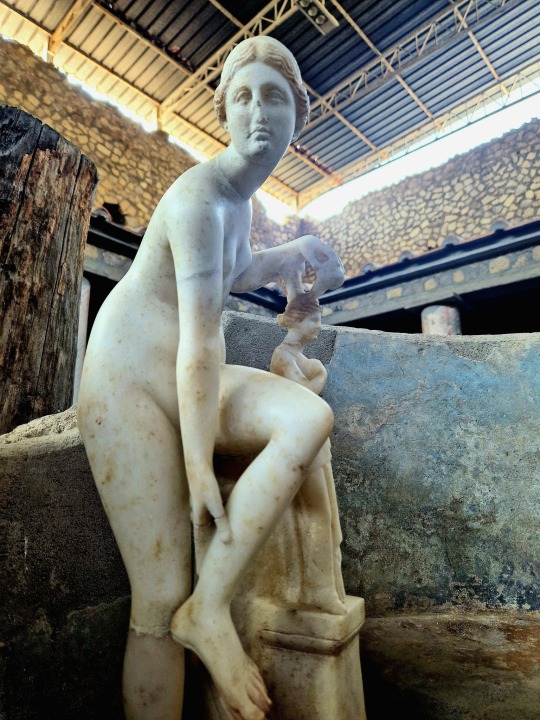
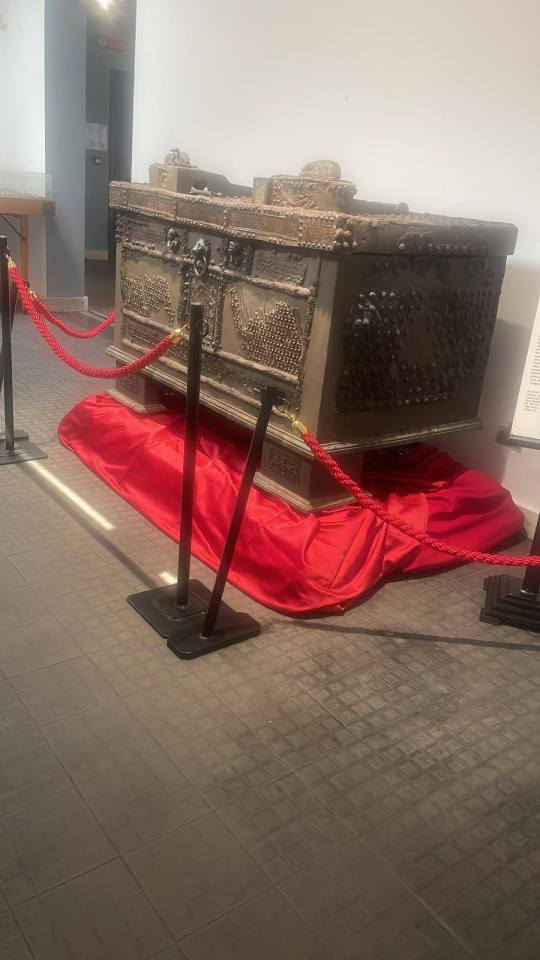
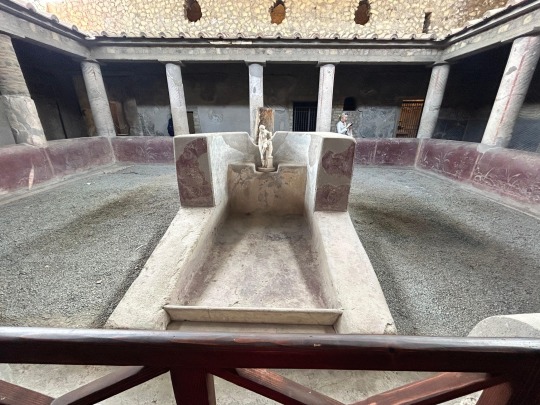
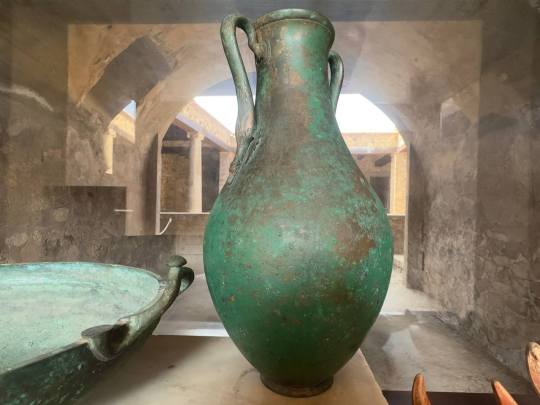
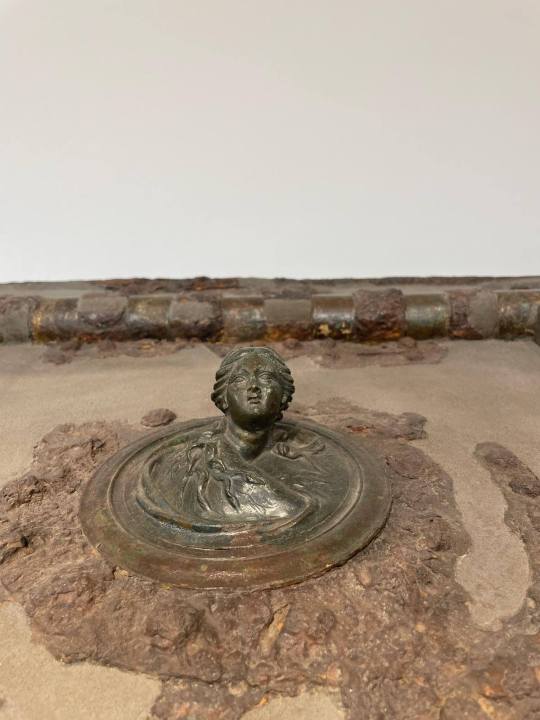
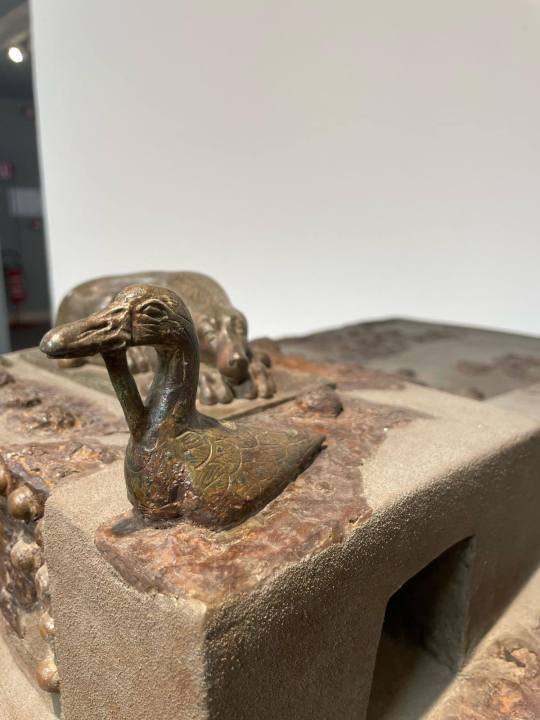
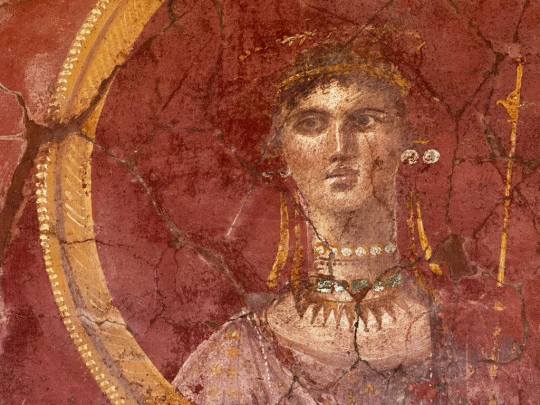

Some photos from our Archaeology Days. 🏛️ Several proposals for in-depth study from the excavations or from the deposits on 13, 14 and 15 June 2025. Today from 9:00 to 14:00 in Oplontis in Torre Annunziata, the white marble statuette of Venus was exhibited in the servile peristyle (colonnaded garden) of the villa, probably originally a furnishing object of one of the reception rooms of the villa. At the Antiquarium of Boscoreale, the safe of Lucius Crassius Tertius was exhibited from 9:00 to 14:00, discovered in 1974 during the excavation of the remains of the Villa of the same name or so-called B in Oplontis; an important artifact, made of wood and iron with articulated decorative elements.
Photos & text (translated into English) Pompeii - Parco Archeologico
96 notes
·
View notes
Text



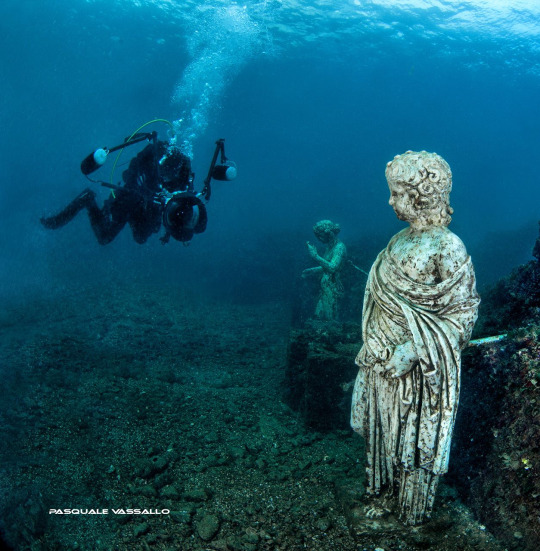
Baiae, underwater archaeological park
Baiae was a favourite destination for aristocrats and the powerful of the ancient Rome.
Between the 7th and 8th centuries, tectonic movements caused much of the coast between Pozzuoli and Cumae, including Baiae, to sink. Baiae was discovered by a diver in the 1960s and is now an important reference point for underwater archaeology. Remains of monuments have been found, such as a room from the imperial palace from the 1st century, a sculptural group depicting the Cyclops Polyphemus and a statue of Antonia the Younger, mother of the Emperor Claudius.


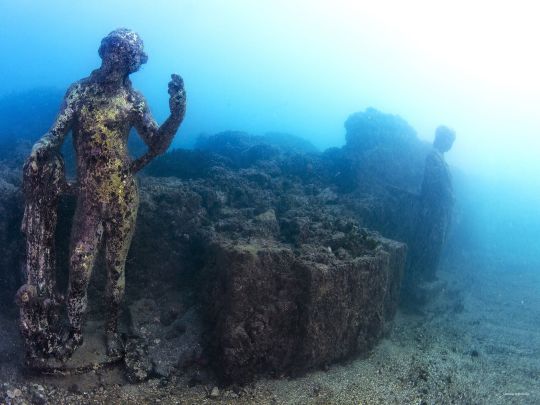

Photos: © Pasquale Vassallo Parco Archeologico sommerso di Baia. Centro Sub Campi Flegrei
1K notes
·
View notes
Text

Glass vase with snake thread decoration, Roman, 2nd-3rd century AD
from The Walters Art Museum
566 notes
·
View notes
Text
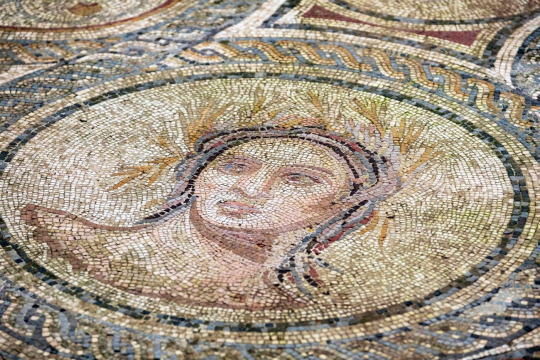


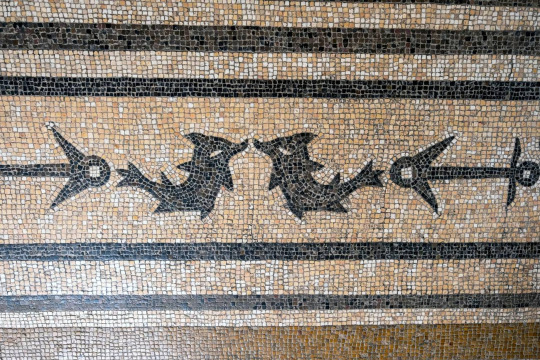
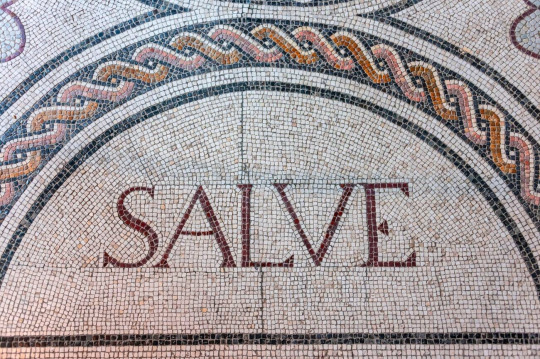
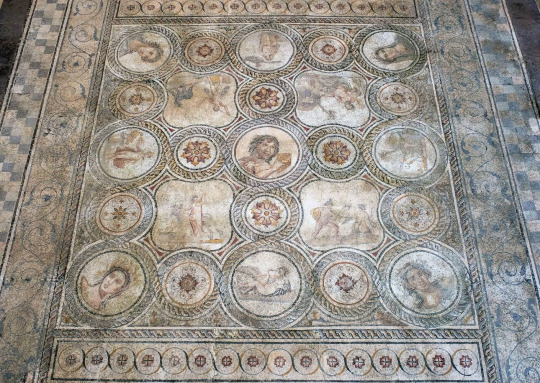
Roman Mosaic Floor, Palacio de la Condesa de Lebrija, ca.2nd-3rd century CE, Seville, Spain
944 notes
·
View notes
Text
Note the identical details on both statues

Statue of Jupiter, 1st century AD. From the villa of Emperor Domitian (Flavian dynasty). Hermitage Museum.

Replica of the statue roman emperor Constantine in the garden of Villa Caffarelli, part of the Capitoline Museums
99 notes
·
View notes
Text
The one in the last 2 pics is called Lince ♡
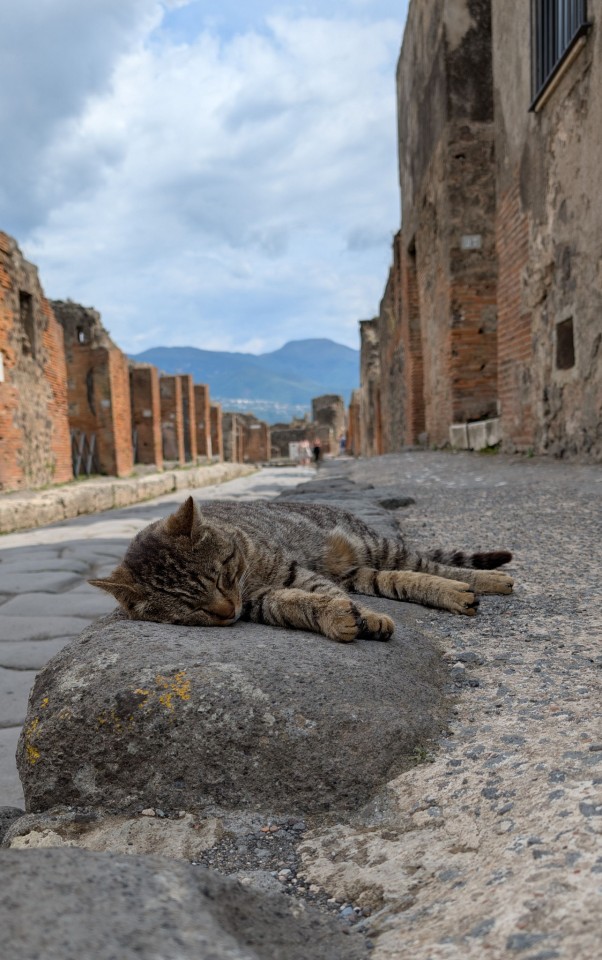
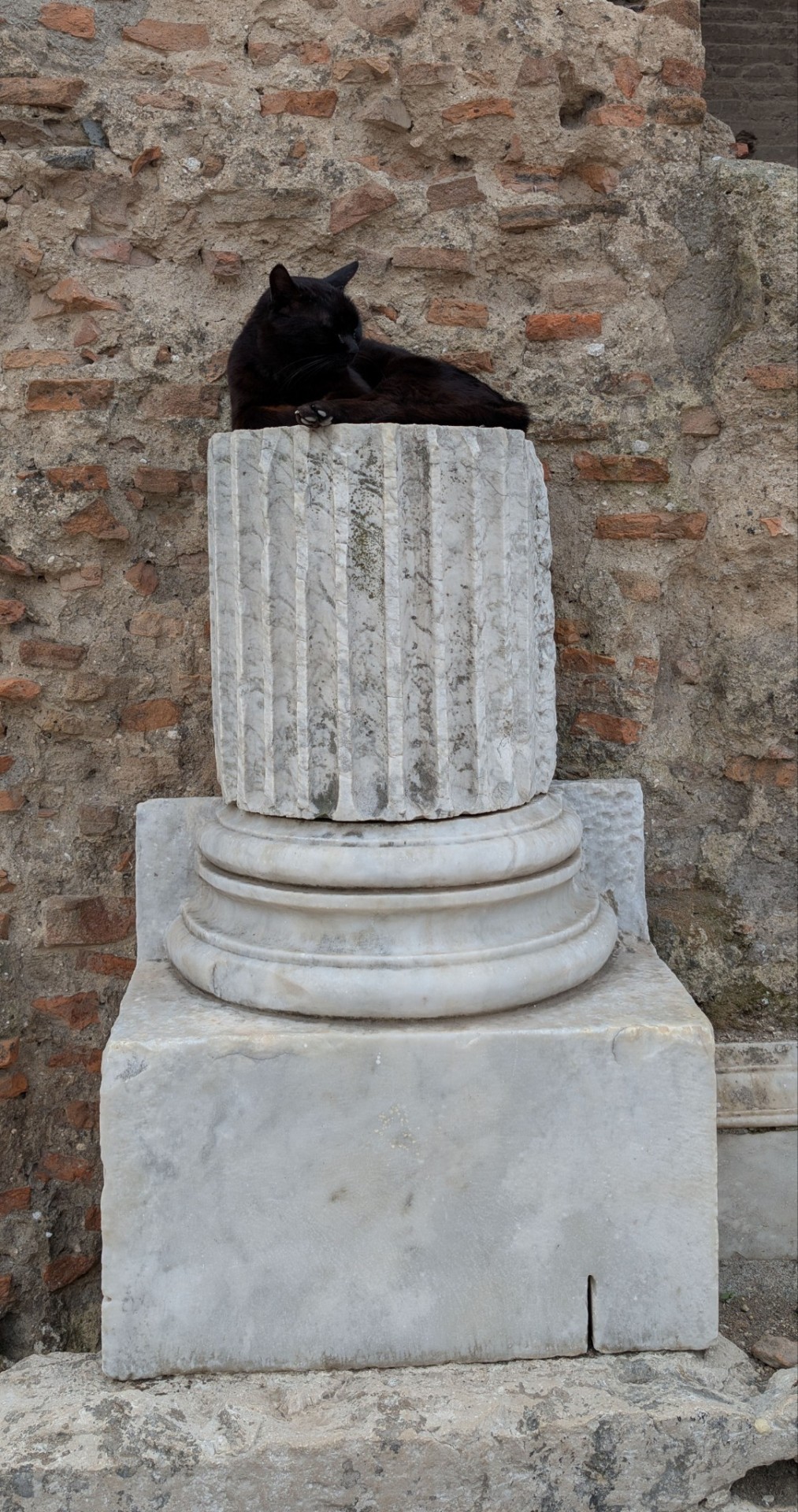
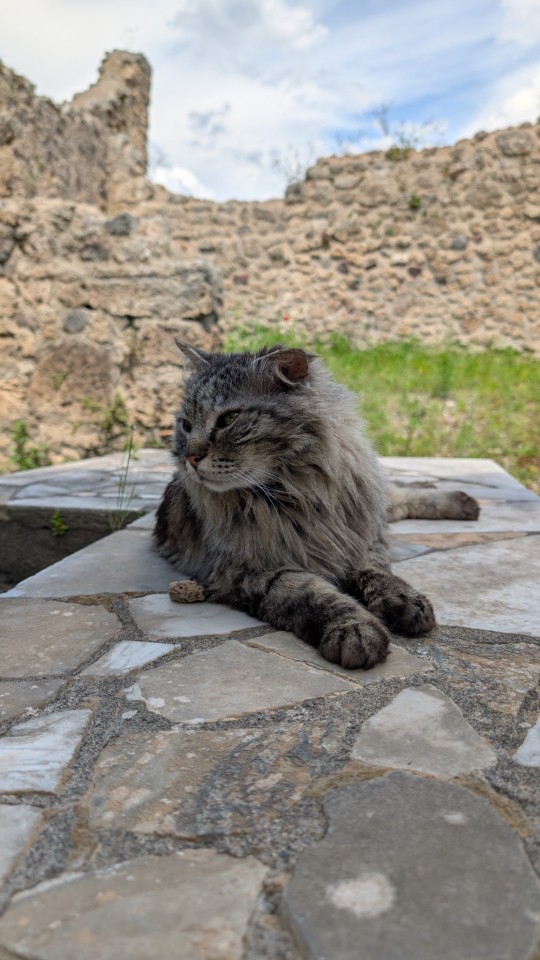

Pompeii cats! There were more but those were either way too active to take nice photos of or swarmed by people.
Oh to be a cat in ancient ruins, allowed to climb and explore all of them and lie on the sun warmed stone and get pets from people. Hoping to reincarnate into a Pompeii cat.
348 notes
·
View notes
Text

Elmo romano Imperial-Gallico Tipo I ritrovato a Brigetio, nel nord dell'attuale Ungheria. È uno dei meglio conservati. Realizzato nel I secolo, è composto di ferro e bronzo.
Roman Imperial-Gallic helmet Type I found at Brigetio, in northern present-day Hungary. It is one of the best-preserved. Made in the 1st century, it is composed of iron and bronze.
187 notes
·
View notes
Text
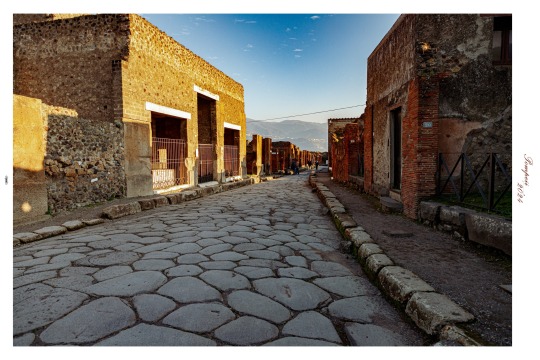
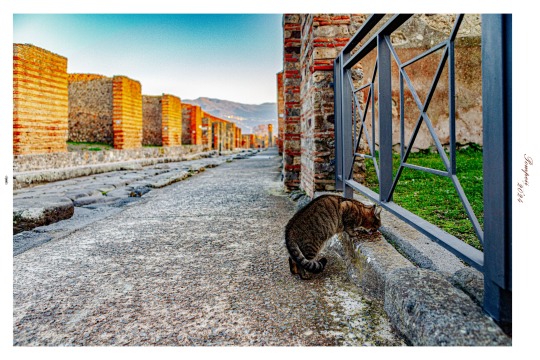



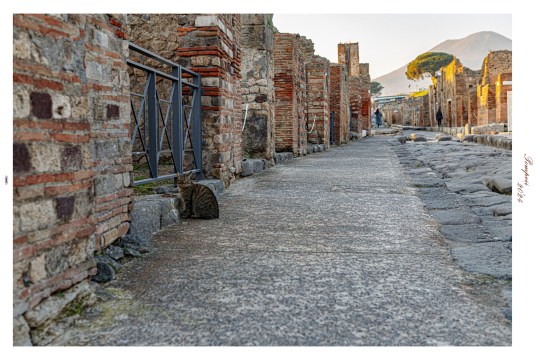
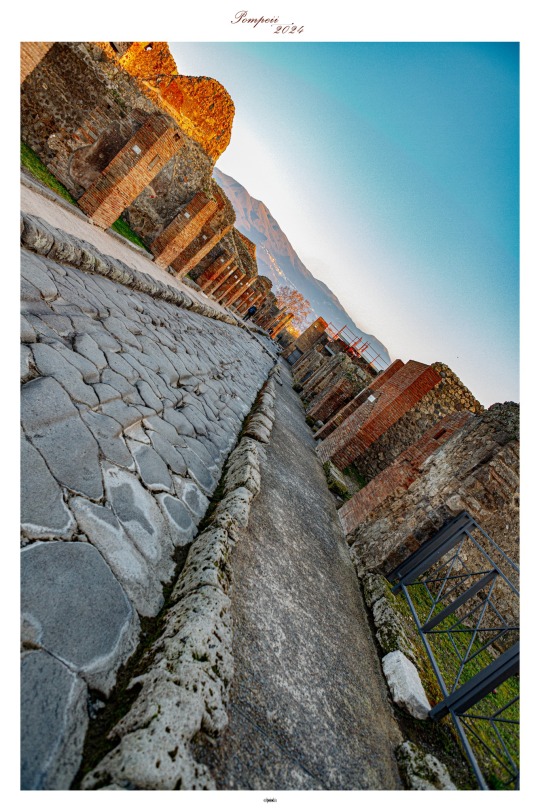
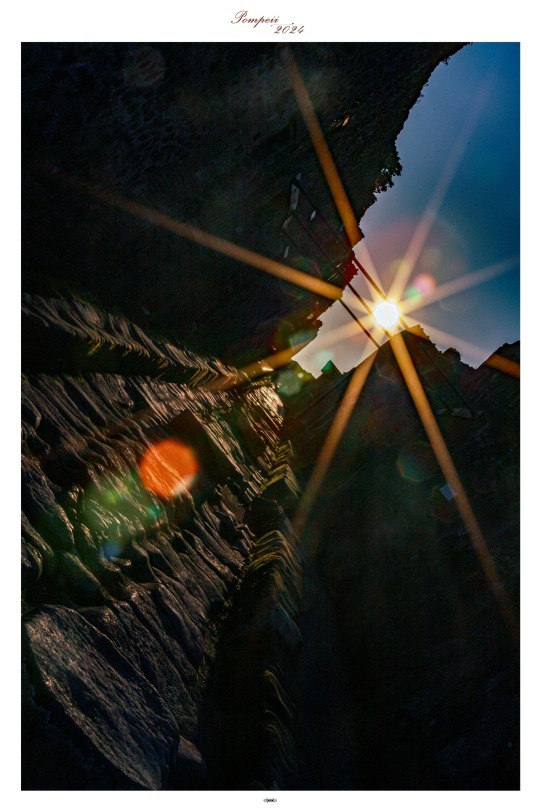
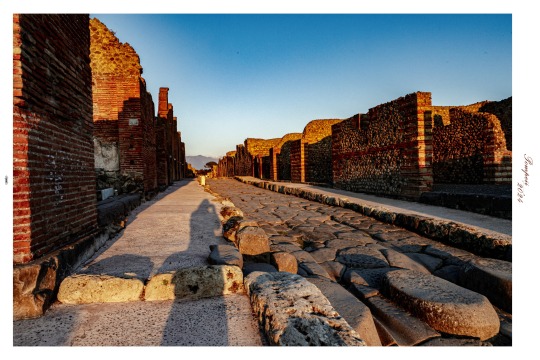
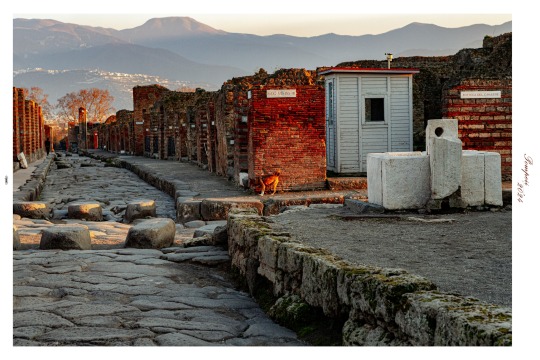
Pompeii ♡
Photographer Ельпіда Жабо Ⓒ 2024
97 notes
·
View notes
Text
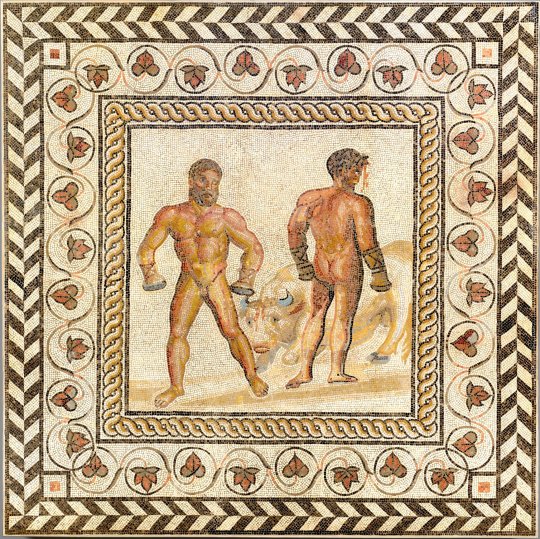

Roman mosaic from the 2nd century AD.
It depicts a passage from Virgil's Aeneid: the boxing match between the Trojan Darete and the Sicilian Entellus. It was part of several floor panels in a Roman villa in the province of Gaul, now Villelaure, France. Found in the 19th century.

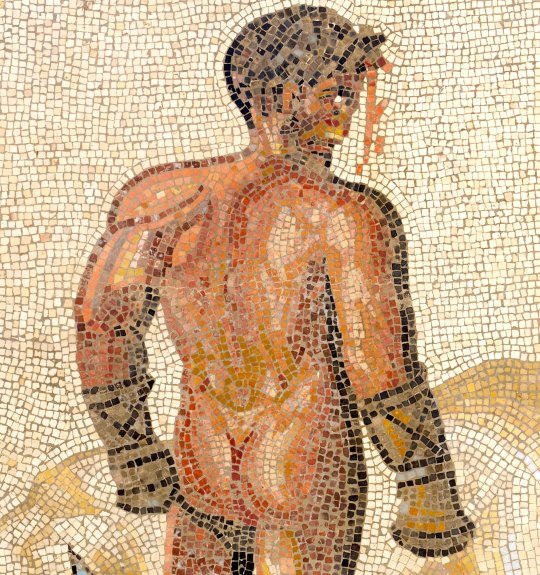

Current location: Getty Museum, Los Angeles.
102 notes
·
View notes
Text



Roman couch and footstool from the Villa of Lucius Verus ca. 2nd Century AD. It was discovered in pieces and has been reconstructed. The frame is wood with bone and ivory carvings and red glass inlays. The cushions are of course modern but made in the style of what we see in images in villas and homes in Pompeii and Herculaneum etc. It is on display at the Met, NY.
854 notes
·
View notes
Text

Roman bronze colander from Pompeii
594 notes
·
View notes
Text

The Roman insula. The insula was the dwelling for the plebeians, originally resembling an island because it was separated from neighboring houses by a two-and-a-half-foot clearance
253 notes
·
View notes
Text

Detail of sacrificial bull from fresco of Jason and Pelias, Roman, 1st century AD (no later than 79 AD) Casa di Giasone, Pompeii (IX, 5, 18-21, triclinio f) Museo Archeologico Nazionale di Napoli, Salla LXIX (inv. 111436) Detail in a fresco depicting Jason and Pelias: a young man leading a bull to sacrifice. This is the moment that King Pelias, not seen here, stands on the steps of the temple and recognizes Jason by his single sandal. The bull looks shocked!
694 notes
·
View notes
Text
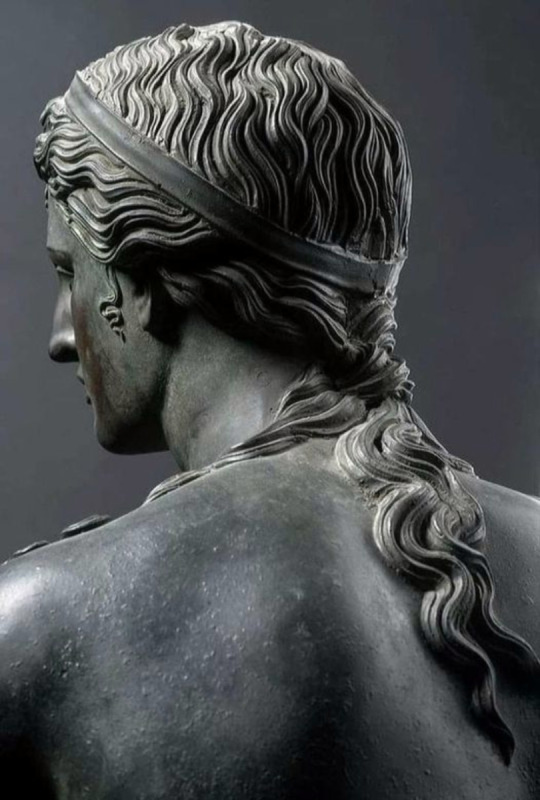
Bronze statue of Apollo from Pompeii. National Archaeological Museum of Naples, Italy.
5K notes
·
View notes